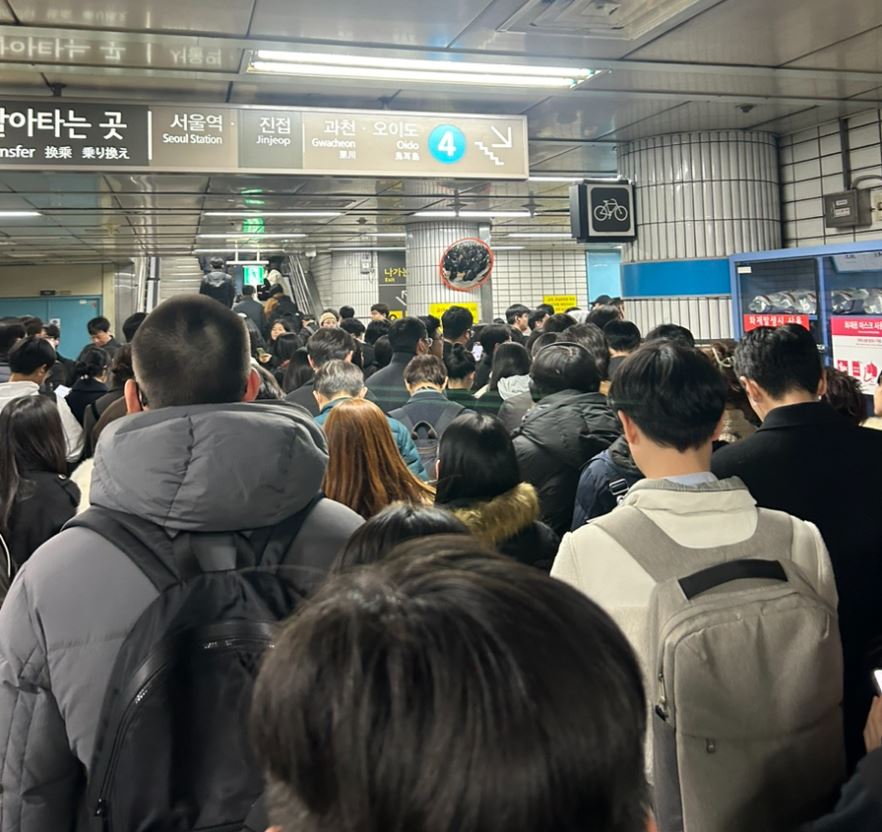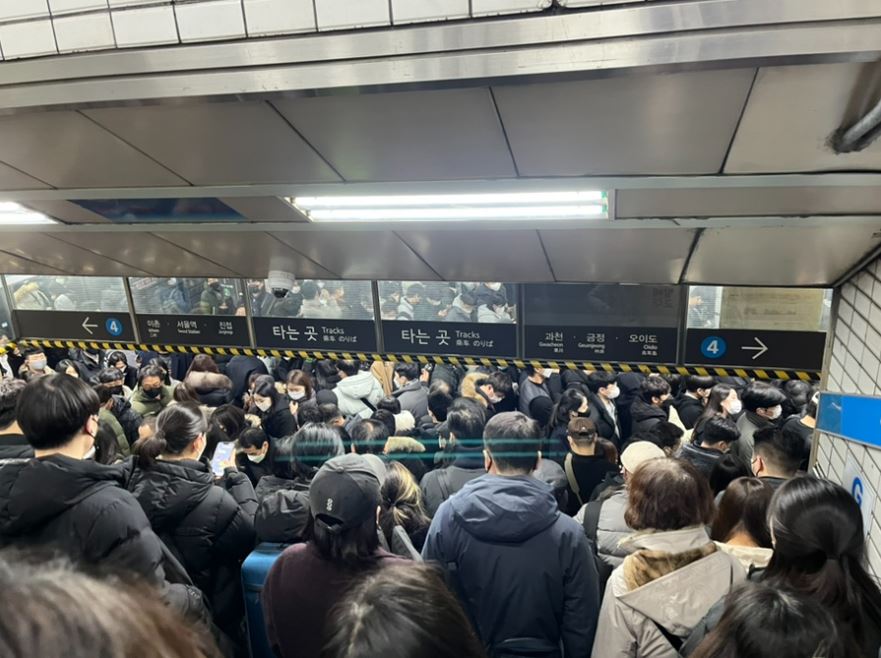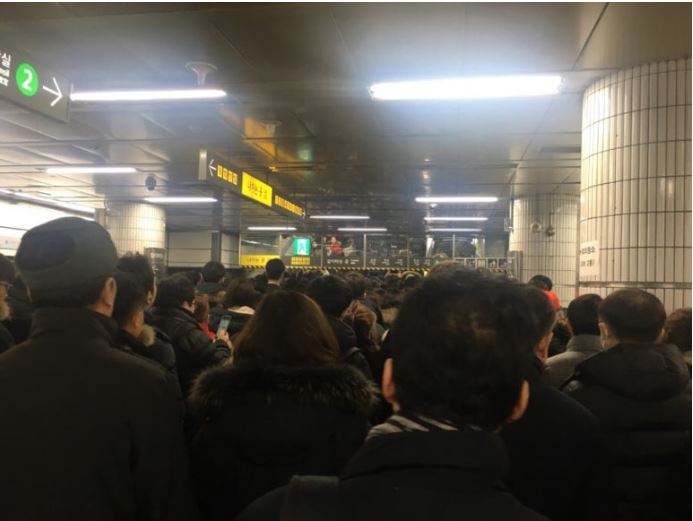South Korea’s youth unemployment crisis has reached an alarming level. While elderly employment is on the rise, young people are struggling to find stable jobs, leading to a society where fathers continue to work well into their later years, while their sons remain jobless. The polarization of the job market, economic slowdown, and companies’ preference for experienced workers have all contributed to an employment environment where young people are being pushed to the sidelines.
1. A Job Market of Extremes
South Korea’s current job market is marked by severe polarization. Some industries, such as healthcare and social welfare services, are thriving due to the aging population, while construction and manufacturing are experiencing significant downturns.
- Healthcare and social welfare jobs increased by 119,000 last month.
- Professional and IT jobs also grew, reflecting demand for high-skilled workers.
- Construction jobs fell by 169,000, the biggest drop since records began in 2013.
- Manufacturing and retail jobs also declined sharply.
The shrinking construction and manufacturing sectors have left middle-aged workers vulnerable, while the younger generation faces even greater challenges breaking into the workforce.
2. The Disappearing Future of Young Workers
The most concerning trend is the sharp decline in employment among South Korea’s youth (ages 15–29).
- 218,000 fewer young people were employed compared to the previous year.
- The youth employment rate dropped to 44.8%, down 1.5 percentage points from the previous year.
- The number of young people who gave up looking for jobs increased to 434,000, a rise of 30,000.
This “giving up” trend is particularly troubling. Many young Koreans, unable to find meaningful work, are now choosing not to participate in the job market at all, instead identifying as part of the growing “lost generation”.

3. Why Are Young People Struggling to Find Jobs?
Several factors contribute to the worsening employment crisis for youth:
✅ Preference for Experienced Workers – Companies increasingly favor mid-career professionals over fresh graduates.
✅ Economic Slowdown – Domestic demand has weakened, leading to job cuts in key industries.
✅ Government Job Programs Focus on the Elderly – The government has expanded direct employment initiatives, but many of these jobs target the 60+ age group, leaving fewer opportunities for young people.
✅ Rigid Employment Culture – South Korea’s seniority-based hiring system makes it harder for young professionals to enter stable careers.
The result? Young Koreans are delaying marriage, struggling financially, and losing hope in their future prospects.
4. Government Efforts & The Road Ahead
In response to the crisis, the South Korean government has announced plans to create over 1.2 million direct jobs in the first quarter of the year. However, most of these are short-term positions with little long-term impact.
Key government initiatives include:
✅ Increased hiring in public sectors and infrastructure projects to stimulate employment.
✅ The launch of the ‘Youth Employment All-Care Platform’ in March, aimed at preventing youth from falling through the cracks after graduation.
✅ Large-scale job fairs to connect young job seekers with companies.
However, without fundamental changes—such as encouraging companies to hire young talent, reforming the rigid seniority-based employment culture, and providing more high-quality jobs—South Korea’s youth unemployment crisis will likely continue to worsen.







